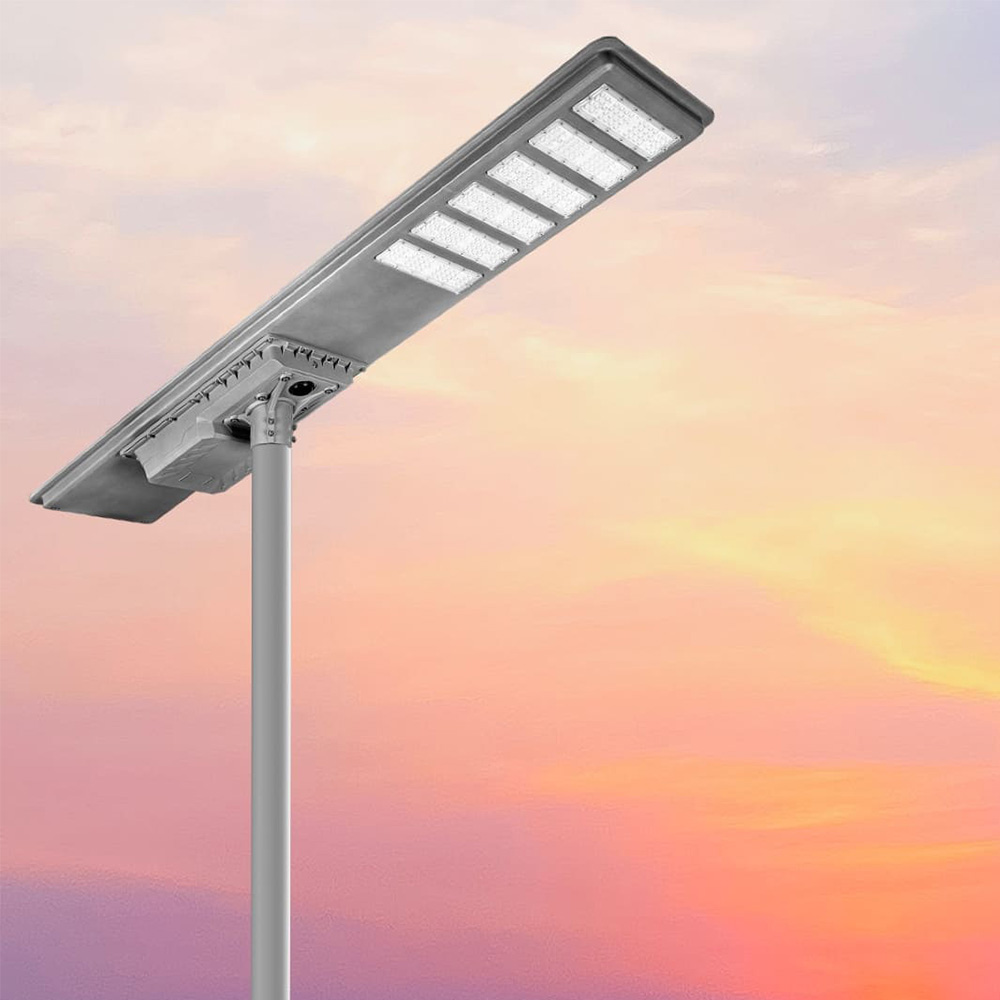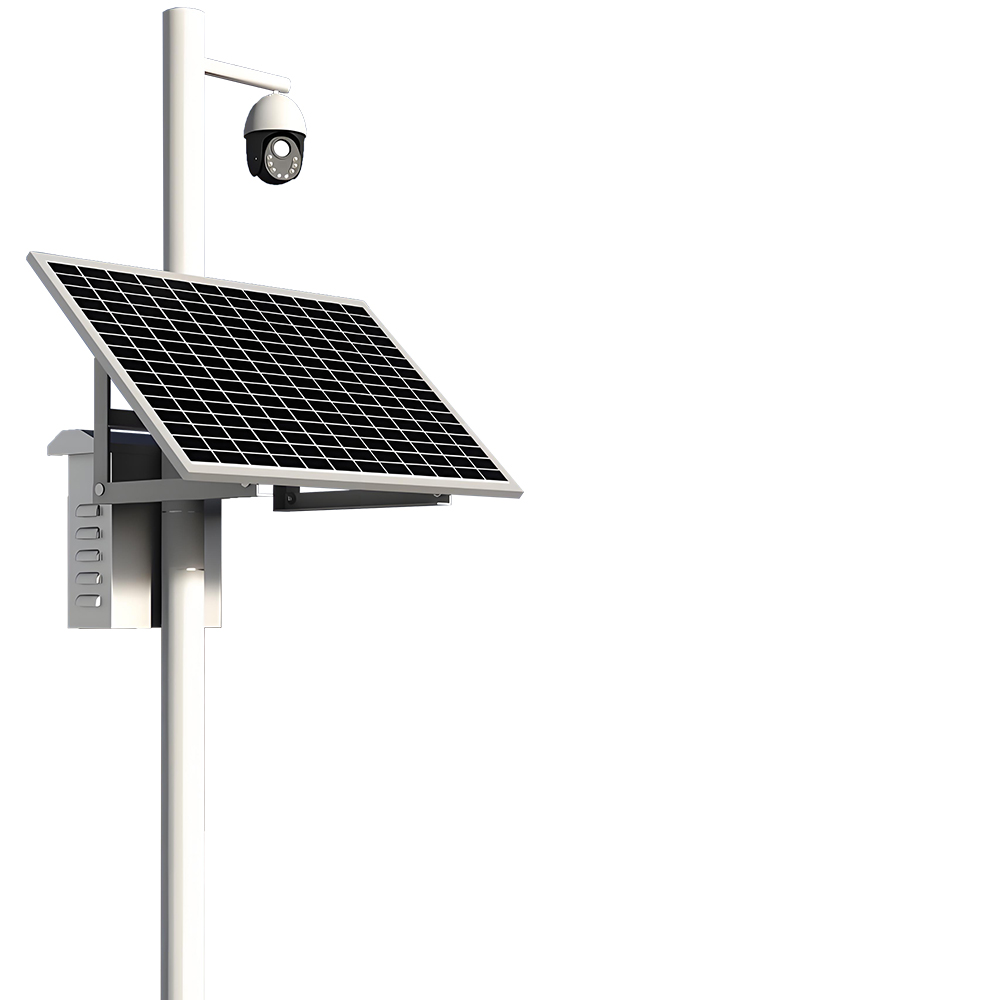Recommended Wire Gauge (AWG/mm²) for Various Solar Street Light System Currents
Learn how to choose the right wire gauge (AWG or mm²) for different current levels in solar street light systems to ensure safety, efficiency, and long-term durability.
Choosing the correct wire gauge is crucial for the safety and performance of solar street lighting systems. Wire size directly affects energy efficiency, voltage drop, and heat generation. This article outlines the appropriate cable sizes for varying current levels and provides design considerations for installers and engineers.

Why Wire Gauge Matters in Solar Street Light Systems
Solar systems consist of photovoltaic panels, batteries, LED luminaires, and controllers—all interconnected with wiring. Inappropriate wire sizing can lead to:
- Excessive voltage drop
- Power loss
- Overheating
- System failure or fire hazard
Recommended Wire Gauge by Current Rating
| Current (Amps) | Wire Gauge (AWG) | Cross Section (mm²) | Recommended Max Distance (12V system) |
|---|---|---|---|
| 1–5 A | 16 AWG | 1.5 mm² | 7–12 meters |
| 6–10 A | 14 AWG | 2.5 mm² | 10–18 meters |
| 11–15 A | 12 AWG | 4.0 mm² | 15–25 meters |
| 16–20 A | 10 AWG | 6.0 mm² | 20–30 meters |
| 21–30 A | 8 AWG | 10 mm² | 30–40 meters |
| 31–50 A | 6 AWG | 16 mm² | 40–50 meters |
Note: Maximum wiring distance depends on system voltage, environment, and allowable voltage drop (usually 3–5%).
Key Considerations When Choosing Cable Size
- Current load: Based on LED and system design.
- Voltage drop allowance: Keep below 5% of system voltage.
- Cable length: The longer the distance, the thicker the wire required.
- Installation conditions: Underground or hot areas require heat-resistant, higher-rated cables.
- Conductor material: Copper offers lower resistance than aluminum. If using aluminum, increase size by one level.
Example Calculation
System: 40W solar LED light, 12V system
Current: 40W / 12V = 3.3A
Distance: 15 meters one way
Recommended wire: 2.5 mm² (14 AWG) to keep voltage drop <5%
Voltage Drop Formula
Voltage Drop (V) = 2 × Length × Current × Resistance per meter
Reference resistance:
Copper: ~0.0175 Ω·mm²/m
Aluminum: ~0.0285 Ω·mm²/m

Frequently Asked Questions (FAQ)
Q1: Can I use a thinner wire to save cost?
A: Not recommended. Undersized wires cause overheating, energy loss, and may fail to meet safety codes.
Q2: What is the difference between AWG and mm²?
A: AWG is used mainly in North America, while mm² is the metric standard. For example, 14 AWG ≈ 2.5 mm².
Q3: Are cable sizes the same for LED and battery connections?
A: Not necessarily. Size depends on current drawn and cable length between each component.
Q4: Do higher voltage systems need smaller wires?
A: Generally yes, because higher voltage means lower current, reducing the wire size requirement for the same power.
Q5: Is wire color important?
A: While not affecting functionality, standard color coding helps safety and maintenance (e.g., red = positive, black = negative).

Have more questions about our products or services?
The latest hot news you might like

Discover how solar panels power street lights, exploring the technology behind solar energy conversion, storage systems, and how solar-powered street lights are revolutionizing urban and rural lighting solutions.

Learn how AC Solar Hybrid Street Lights work, their advantages, disadvantages, system behavior in low-sunlight conditions, and why hybrid technology is ideal for regions with unstable sunlight.

Municipalities around the world are increasingly adopting solar-powered streetlights as part of their urban development strategies. Rising energy costs, the need for sustainable infrastructure, and government green initiatives are driving cities to switch from traditional street lighting to advanced LED solar streetlights.
Queneng Lighting provides municipalities with cost-effective, energy-efficient, and durable solar lighting solutions, ensuring safe and sustainable public spaces.

In recent years, the purchase of solar streetlights for municipalities has become a growing trend across the globe. Local governments are under pressure to reduce public expenditure, promote green energy, and create safer communities. Solar streetlights provide a reliable, cost-effective, and sustainable solution that meets these needs. Queneng Lighting, as a leading solar street lighting manufacturer, has supported multiple municipal projects worldwide with customized and energy-efficient solutions.
FAQ
Solar Street Light Lufei
What is the warranty on the solar street light?
Queneng offers a warranty of 2-5 years on our solar street lights, covering defects in material and workmanship. The warranty duration may vary based on the model and product components.
Tourist Attractions and Resorts
What is the lifespan of solar lighting systems for tourist attractions and resorts?
The lifespan of solar lighting systems typically ranges from 5 to 10 years, depending on the quality of the materials and the environment in which they are used. Proper maintenance can extend the lifespan significantly.
Battery Performance and Testing
What is self-discharge of secondary batteries?
APMS system
What is the endurance time of the APMS system during rainy weather?
Optimized for rainy weather, the APMS system can maintain lighting endurance for several days under extended cloudy conditions, with specific duration depending on the environment and battery capacity.
Municipal and Public Infrastructure
How long do solar streetlights last?
Our solar streetlights typically last for 5-10 years with minimal maintenance.
Battery and Analysis
What is overcharging and what effect does it have on battery performance?
Positive electrode: 4OH- - 4e → 2H2O + O2↑;①
Negative electrode: 2H2 + O2 → 2H2O②
Since the negative electrode capacity is higher than the positive electrode capacity during design, the oxygen generated by the positive electrode passes through the separator paper and combines with the hydrogen generated by the negative electrode. Therefore, under normal circumstances, the internal pressure of the battery will not increase significantly. However, if the charging current is too large, Or if the charging time is too long, the generated oxygen will not be consumed in time, which may cause the internal pressure to rise, battery deformation, leakage and other adverse phenomena. At the same time, its electrical properties will also be significantly reduced.

If you would like more information about Queneng solar lighting solutions, please send us a message by filling out the form below. Our professional team will get back to you within 24 hours!
Rest assured that your privacy is important to us, and all information provided will be handled with the utmost confidentiality.
Schedule a Meeting

Book a date and time that is convenient for you and conduct the session in advance.
Have more questions about our products or services?



















